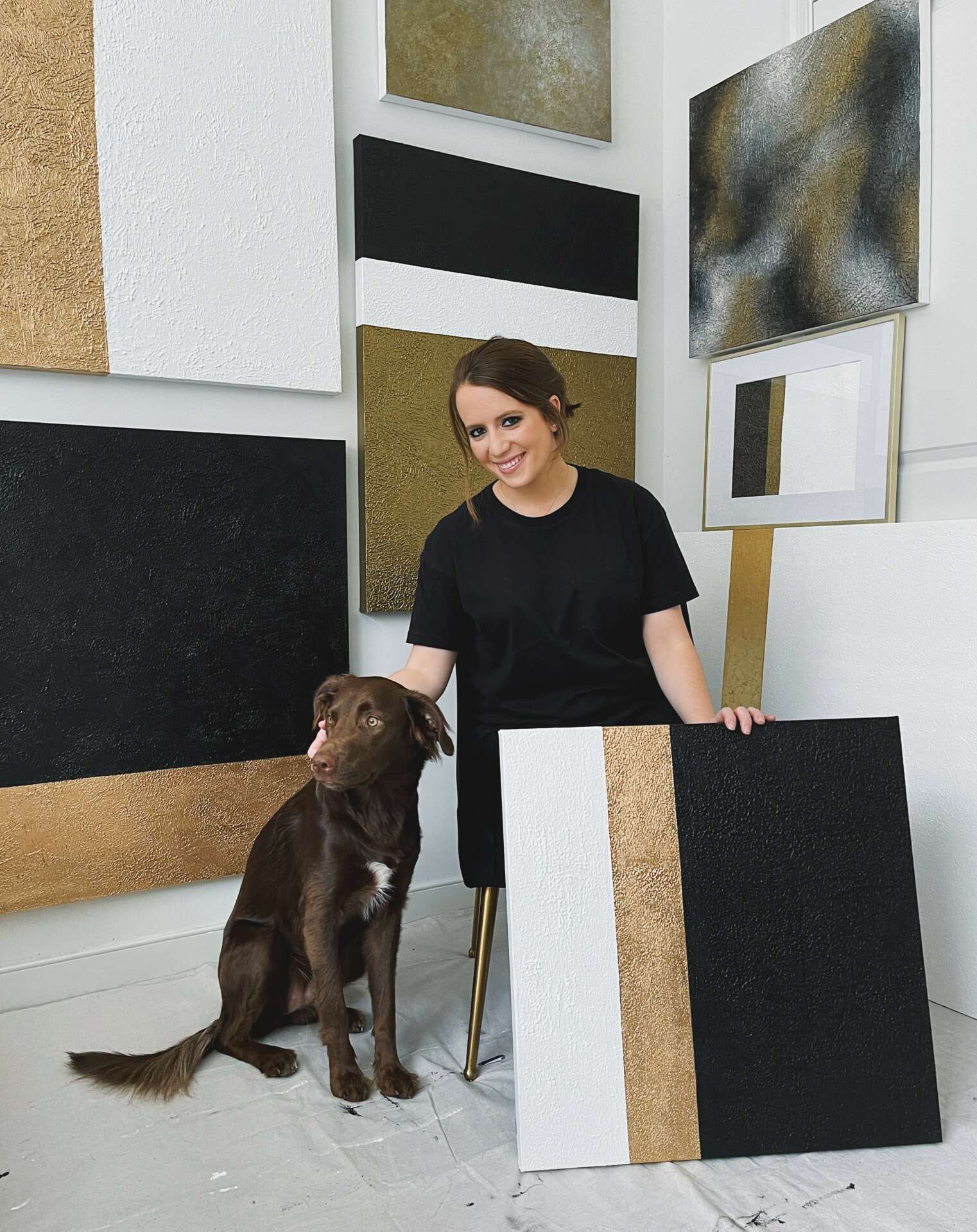We were lucky to catch up with Carina Tenaglia recently and have shared our conversation below.
Hi Carina, thanks for joining us today. Can you talk to us about a project that’s meant a lot to you?
During the summer of 2020, a period of significant political unrest stemming from instances of police brutality including but not limited to Breonna Taylor, George Floyd, Ahmaud Arbery and others, I struggled to process the current events taking place, and reconcile my own hurt and confusion for situation that wasn’t a struggle I have personally experienced, but one that felt very heavy and intertwined into everything going on in America. I tried to grapple with the politics of my own family, so different than my own — a family that taught me to love and be kind, but seemingly couldn’t come to grips with the fact that these heart-wrenching stories weren’t just about the victims, but about the roles of systemic racism, power disparities, and so many other deep-seated issues.
I created the Humanity Collection, featuring my most meaningful piece, Tears of America. I wanted to create a piece to memorialize not only the more recent and well-known victims, but also those that spanned across different years, whose incidents were differently situated, and so on. This piece was designed to be rich with symbolism. The flag is monochromatic, as many protestors have worn black in response to these events. It also is meant to pull away from the colors of the flag that we typically associate with joyful holidays and bliss, and the Americana culture and design. The names have been written on the black stripes in their memory, but there is paint dripped across the piece to symbolize tears — of the victims, their loved ones, and throughout our country. The mesh on the middle black stripe is intended to symbolize those behind bars due to our prison industrial complex, and mass incarceration of Black Americans, particularly as a result of the war on drugs. The mesh also serves a dual purpose, hinting at historic events such as the Underground Railroad, which played a fundamental role in shaping today’s America, and the journey from that point in history until now. The stars have been replaced by representations of bullet holes, and a smoke-like effect has been applied throughout. The bullet holes are self-explanatory. Although they are not the only method through which Black Americans have been injured and killed, they are disproportionately one of the weapons used. It is also representative of rubber bullets used inappropriately at protests, which have resulted in numerous injuries.
The rest of the collection featured pieces, also largely monochromatic, which were intended to provoke thought and respectful discourse. The collection pieces featured named pieces like “The Dangers of Whitewashing,” “Gentrification,” “Broken Democracy,” and “Privilege.”
I have been able to donate several hundred dollars from the collection to-date to organizations supporting social justice movements stemming largely from protests in 2020, such as the Police Accountability Project, the NAACP Legal Defense Fund, the Thurgood Marshall Academy (local school supporting Black youth and focused on 100% graduation and college acceptance), the Loveland Foundation, and others.
It has always been important to me to do something more meaningful with my work than simply create pretty paintings. I want to share stories, communicate emotions, provoke thoughtful conversations, and give back to the community where and when I’m able to.
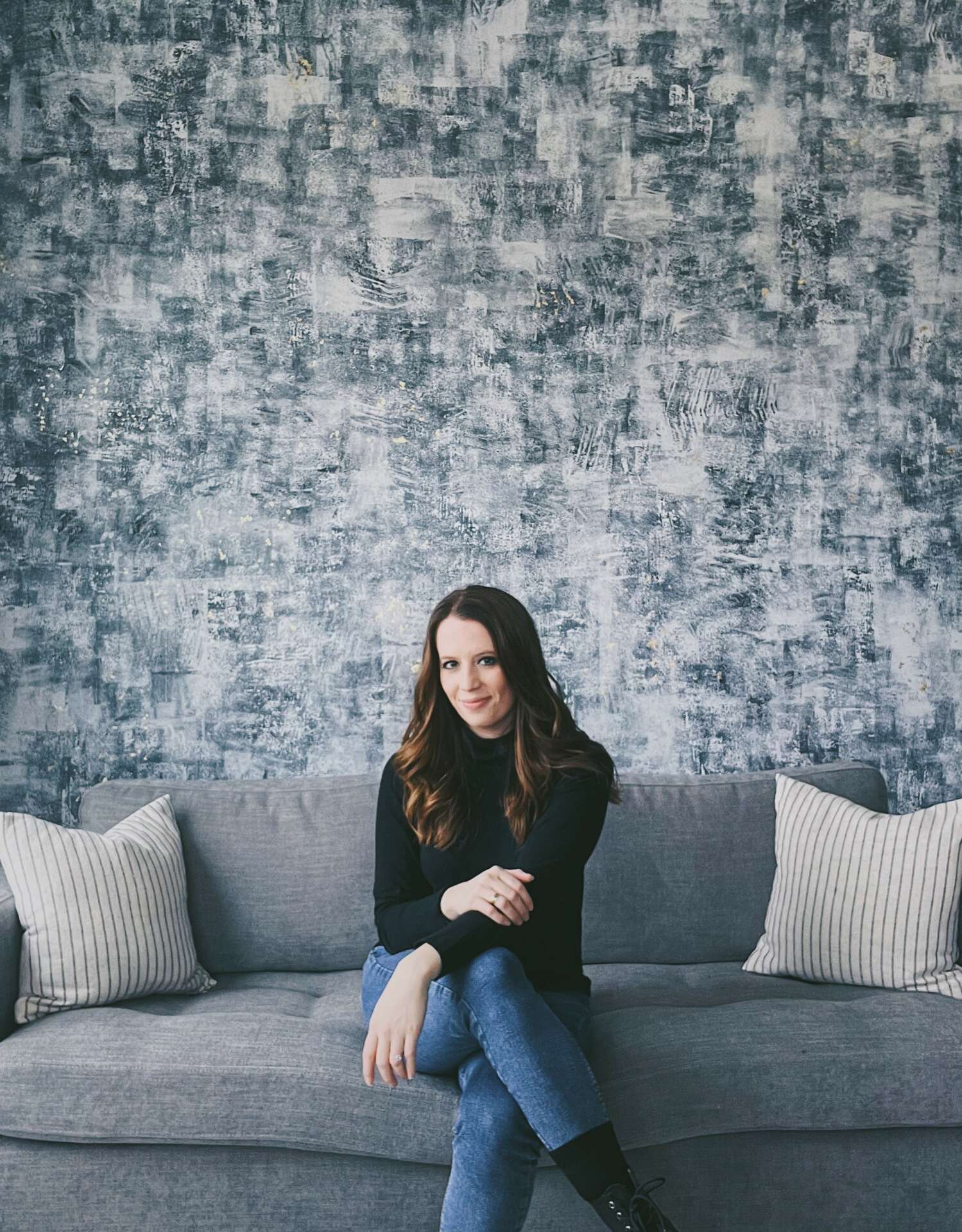
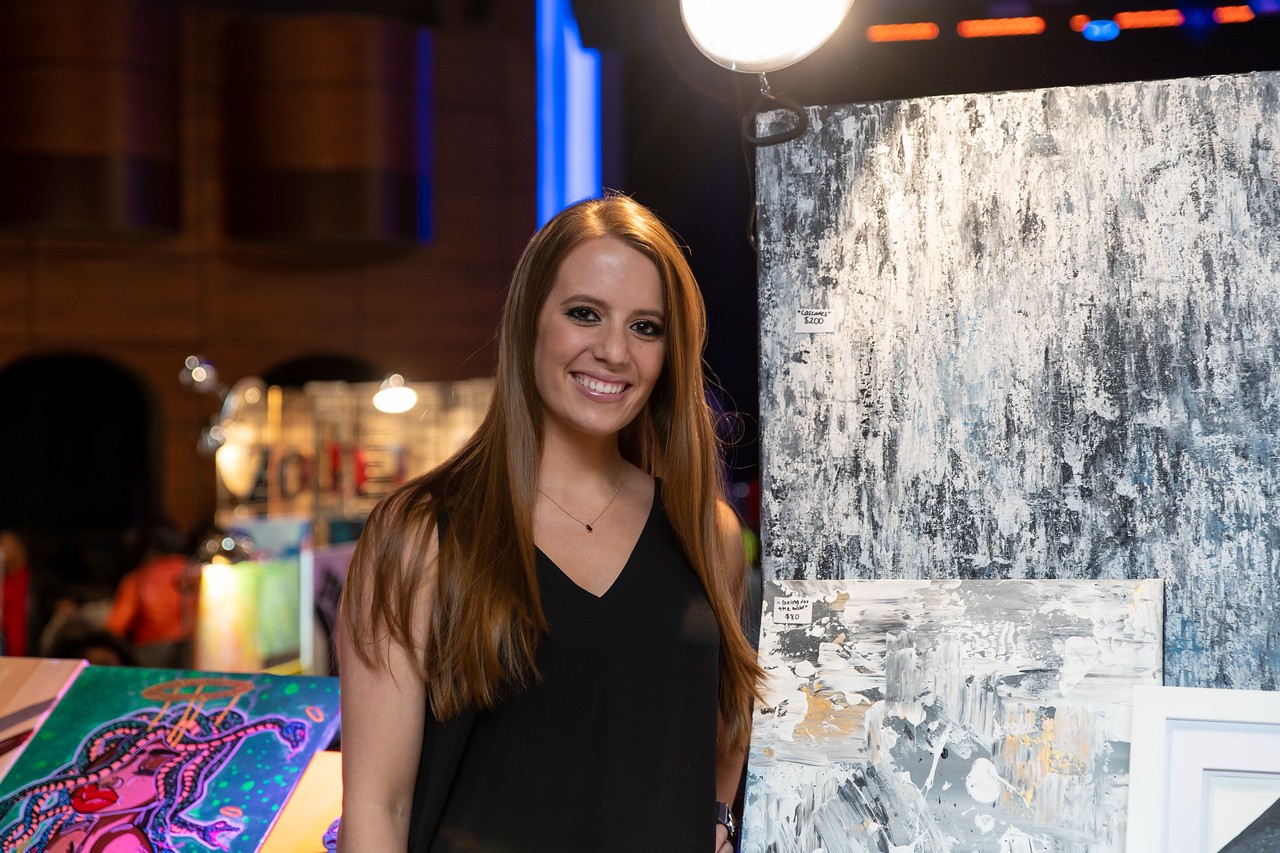
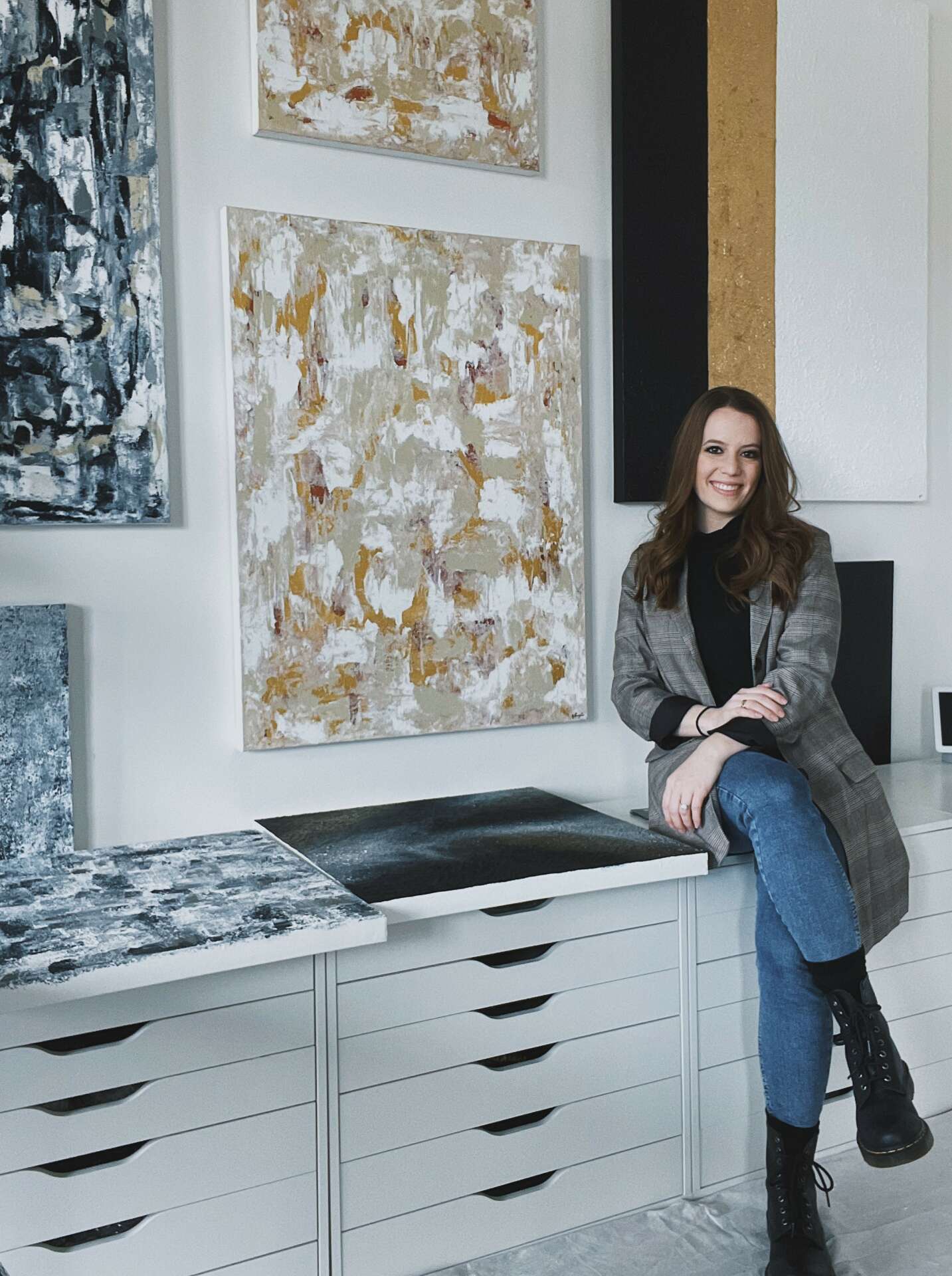

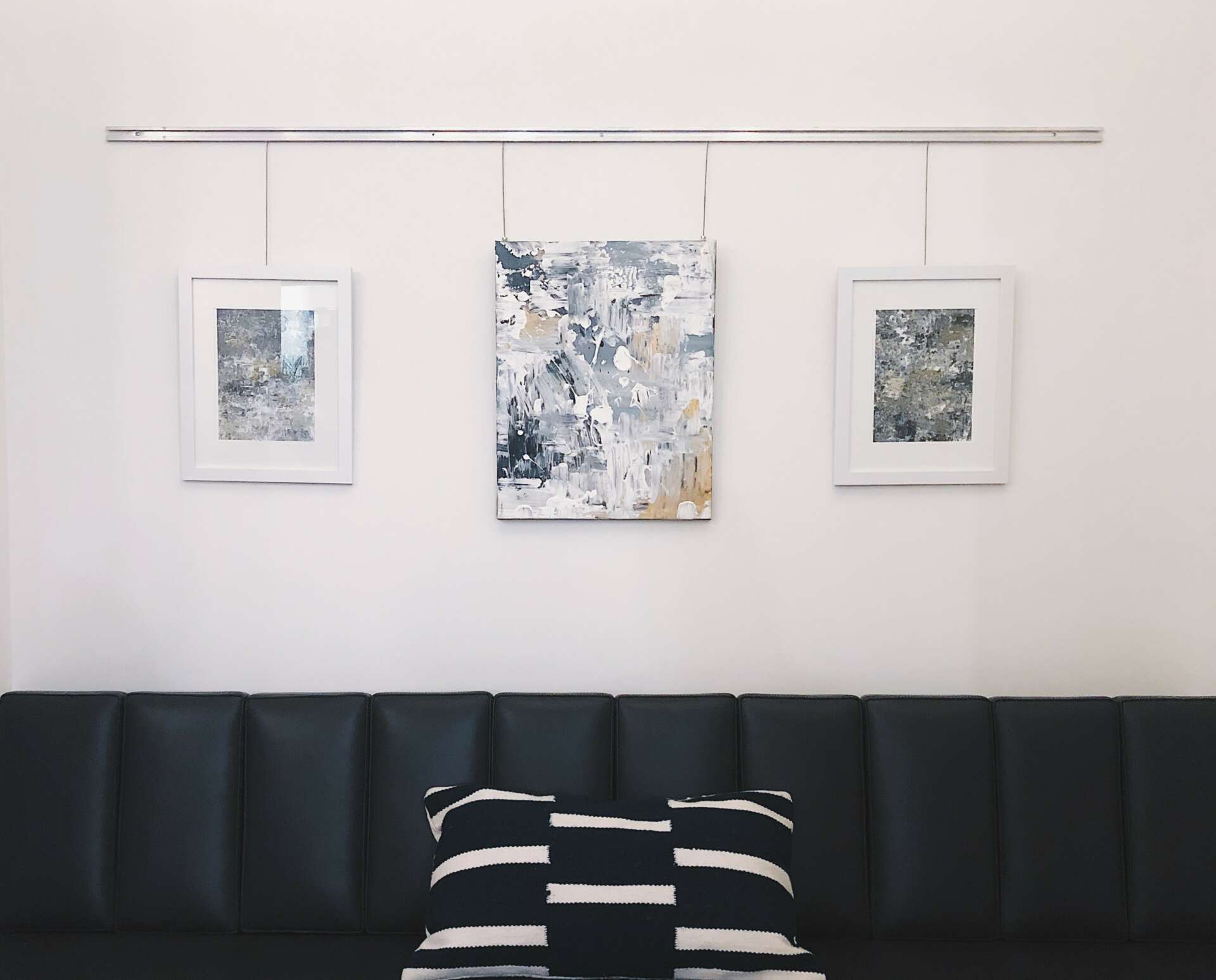
Carina, love having you share your insights with us. Before we ask you more questions, maybe you can take a moment to introduce yourself to our readers who might have missed our earlier conversations?
I have always been a painter (for fun) since I was young. I participated in local painting summer camps at a museum, sketched still-life pieces in my spare time, and eventually took an AP (Advanced Placement) art class in High School. I won my first juried competition during my Senior Year, and submitted my art portfolio for my AP course to be juried as well.
In college, I painted for fun. I occasionally sold world map or FSU-themed paintings here and there for fun. It was still a hobby at the time. Then when I moved to DC for law school, I created two large canvas paintings for my studio apartment. I realized it was a great stress-reliever! So I kept creating. And soon I was running out of space, but I didn’t want to stop painting.
After my first year of law school, while I was working as a summer associate (at the law firm where I still work today), I decided I was going to create an Instagram page and start trying to sell my work. I figured it would be something low-stakes. If it worked out, great! If it didn’t, I was probably going to be a little sad but I would keep creating for myself. I participated in my first art show that fall, and it was an incredible experience. My first non-friend or family legitimate customer not only purchased a large canvas painting, but even commissioned another one. I’ll never forget how excited I was that someone who had no obligation to like my work was willing to pay multiple of my works, let alone one piece.
From there I started creating paintings of different sizes, textures, and color schemes. I also began creating ornaments for the holiday season, personalizing them as I developed my calligraphy skills. I have since participated in numerous art shows, have had my work sold around the world, and have sold my pieces on consignment in several shops including West Elm. My work has been featured in two hotels, and I’m currently exploring future licensing and exhibition opportunities.
I am always looking to develop new collections that have a deeper significance underlying them, but that also are relatable to collectors. With each collection, I look to marry these concepts with a given color palette, different textures, and the names of each piece and the collection as a whole. I also tie in a non-profit organization mission to give back to.
I love to see my work in others’ homes and offices, hotels and shops, but above all I love the community I have been able to build with collectors and art appreciators. I can’t wait to see what else is in store for us!
How about pivoting – can you share the story of a time you’ve had to pivot?
I feel like half of owning a small business is taking risks and making changes. One of the biggest pivots I made in my small business was rebranding from “DC Brushes & Strokes” to “Carina Tenaglia Fine Art.” I made that change over a year ago and it was something I had contemplated for a long time. It felt like a scary and risky step — changing my social media pages and everything to fall under a new name. What if someone googled my old business and couldn’t find my work anymore? There were so many “what ifs” and I could have remained complacent. But deep down I knew it was time for a change. I did a lot of social media pushes before then to alert followers and customers about my rebranding. When the time came, I was still nervous. But this change helped me become a brand not just central to my location. I wanted to attract customers from all over and not feel the pressure to keep a name that I had slowly grown out of. Today, I’m so happy I made that change! Looking back it felt like a very scary big step. It was entirely worth it, and I’m glad I made that decision.
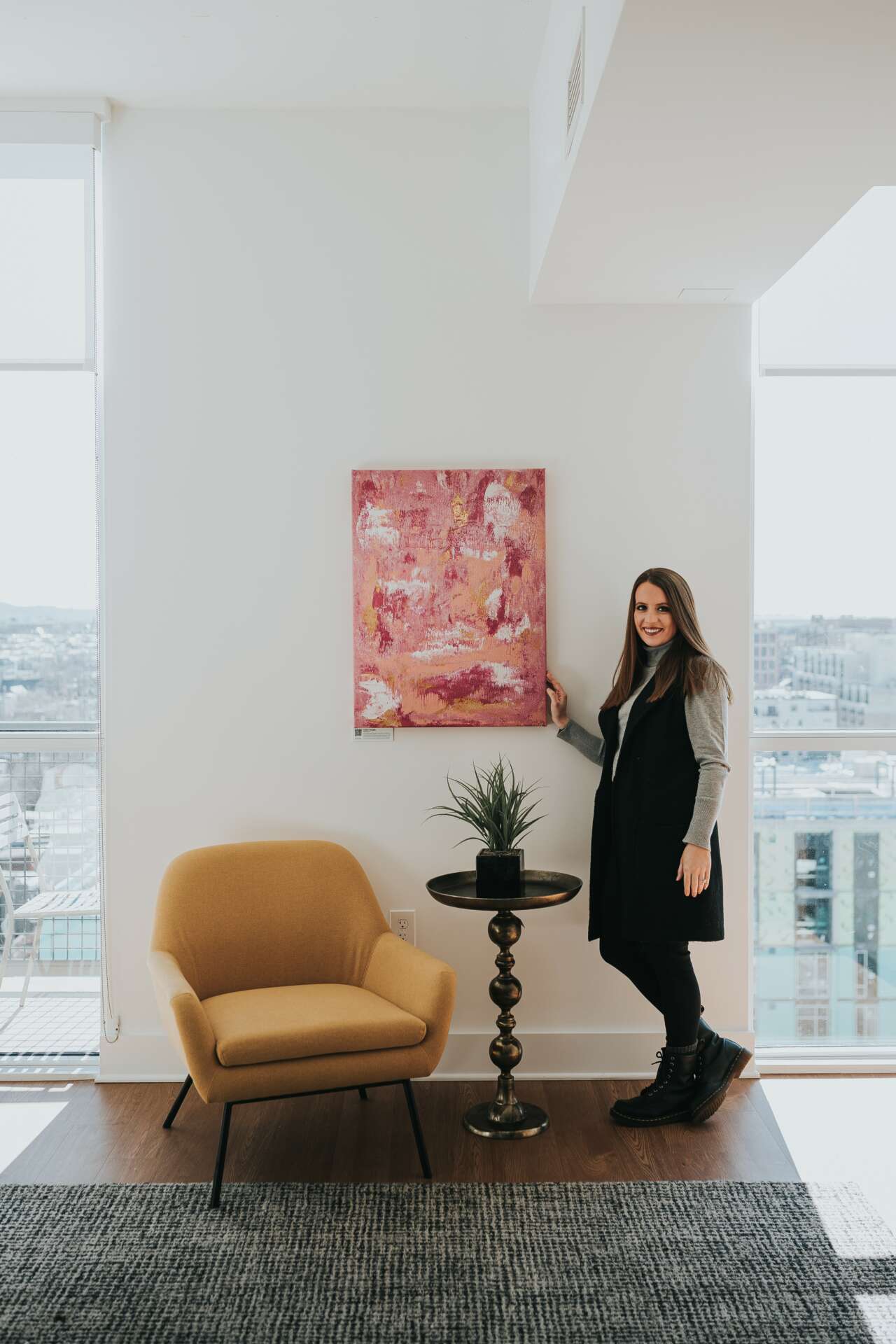

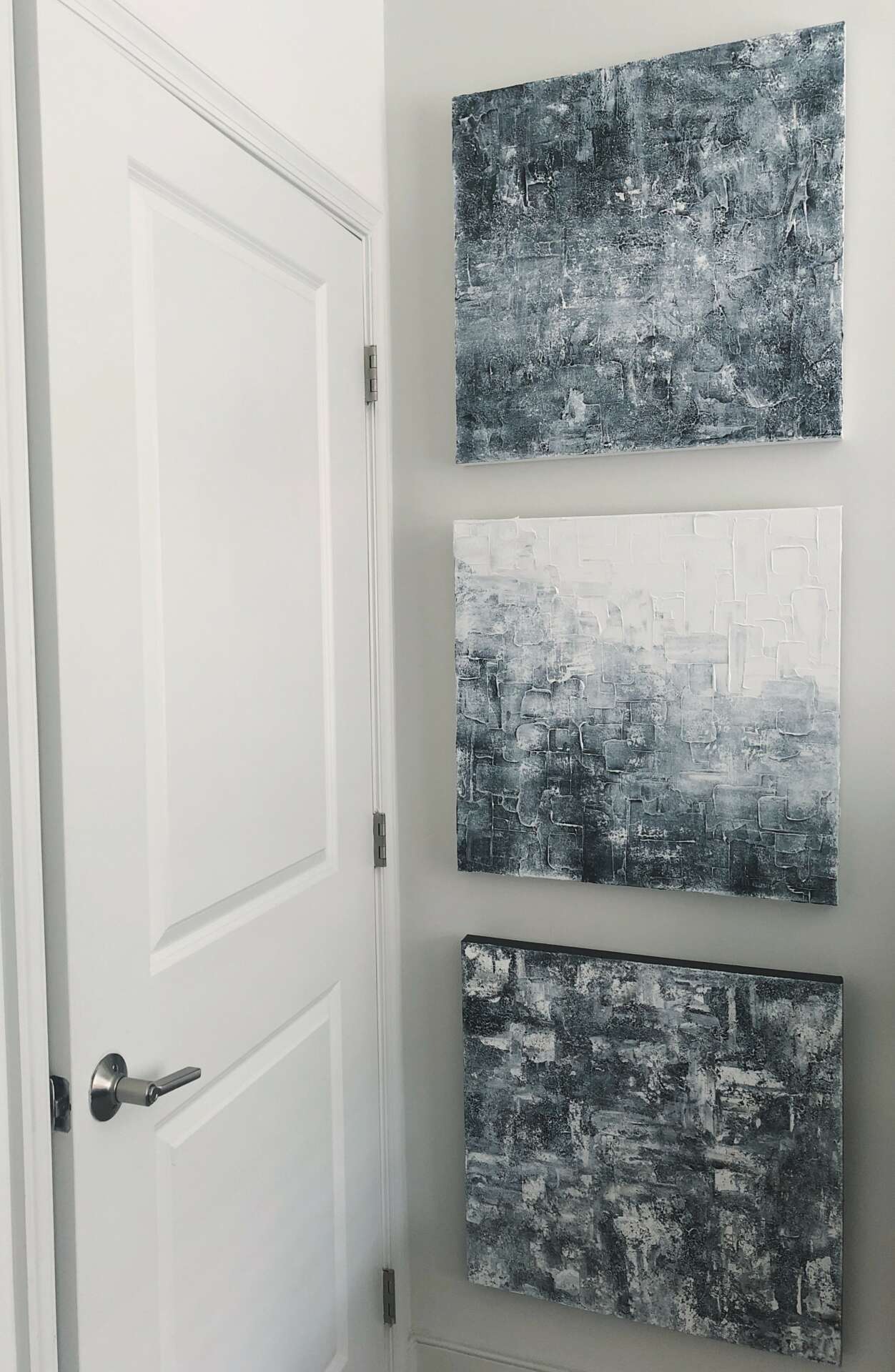

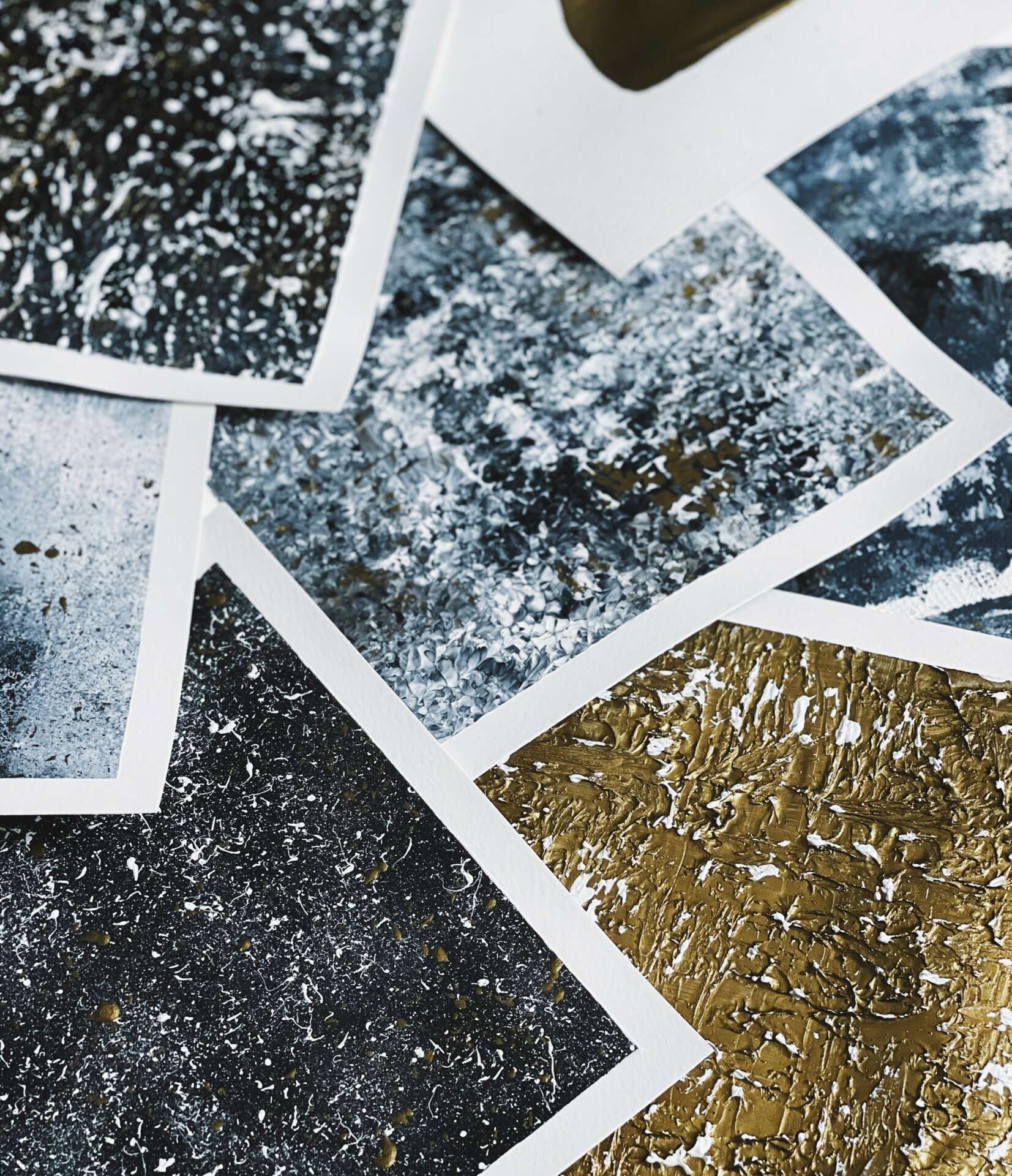
In your view, what can society to do to best support artists, creatives and a thriving creative ecosystem?
It is really hard to be a small business. Word of mouth recommendations and testimonials go a really long way! Whether you’re sharing a new local business or artist with a friend, neighbor, or family member, or patronizing their businesses, all of these things together help a bunch! I created a “shop small” highlight on my Instagram page a few years back where I routinely add features of small businesses I think my followers would like and support. I also love looking out for local directories or shop small events in my area. A lot of small businesses also have their own direct sale websites or marketplaces online like Etsy. If you have the time and funds, finding ways to swap out big-box items for local or handmade ones can help our creatives thrive. And small businesses tend to keep money flowing into their local areas, so you’re helping improve local communities by doing this, too!
Contact Info:
- Website: https://www.carinatenaglia.com/
- Instagram: @carinatenagliaart
- Facebook: https://www.facebook.com/CarinaTenagliaArt/
- Linkedin: https://www.linkedin.com/in/carinatenaglia/
Image Credits
Tears of America painting: Ian Michelman Photo with pink painting in WhyHotel: Ian Michelman


